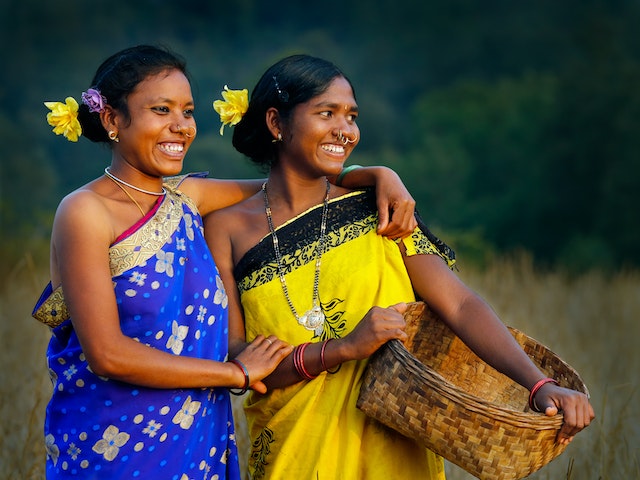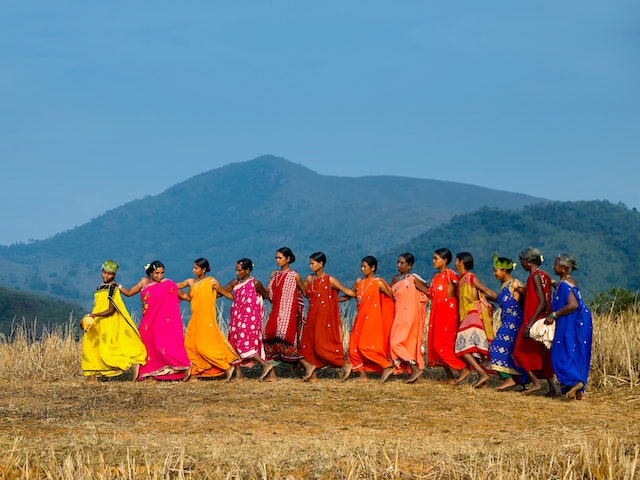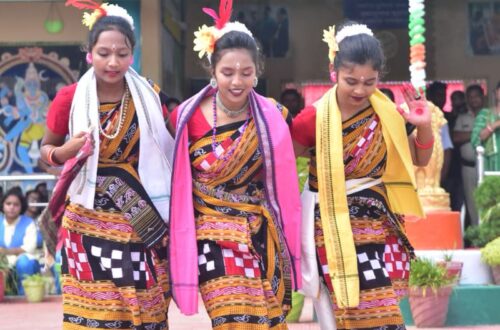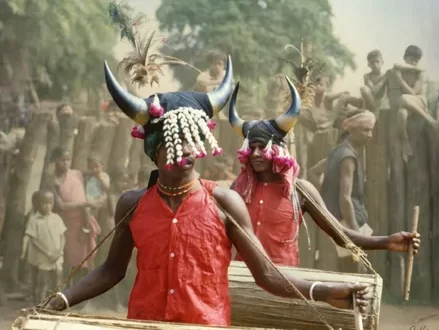
Heritage of Koraput: Indigenous Tribes and Traditions
Koraput tribes, the custodians of a rich and diverse cultural heritage, form the very soul of this region. Their unique customs, languages, and traditions are a testament to the resilience and vibrancy of indigenous cultures. In the face of modernization, these tribes stand as guardians of ancient wisdom and traditions, inviting us to explore the enchanting tapestry of their way of life.

The Mystique of Koraput Tribes
Nestled in the southern region of Odisha, India, lies Koraput, a land that beckons with its lush green landscapes, rolling hills, and a culture deeply rooted in its indigenous tribes. In this extensive exploration, we’ll embark on a captivating journey into the heart of Koraput, uncovering the enigmatic world of its tribes, their unique customs, rich heritage, and the contemporary challenges they face.
A Mosaic of Diversity
Koraput is a veritable melting pot of tribal communities, boasting over 60 distinct tribes. Each of these tribes has its own language, traditions, and cultural nuances. Among the most prominent are the Kondh, Paraja, Bonda, and Gadaba tribes, each with a rich tapestry of customs and beliefs passed down through generations.
Traditions and Rituals

One cannot truly understand the essence of Koraput tribes without delving into their vibrant rituals and ceremonies. These rituals are deeply intertwined with their agrarian lifestyles and their reverence for nature. The ‘Dhemsa,’ a traditional dance performed during festivals, is a captivating spectacle that seeks blessings from the gods and celebrates the bountiful harvest. The ‘Chaiti Parab’ is another significant festival, a congregation of tribes marked by song and dance, painting a vivid canvas of colors and melodies.
The Resplendent Attire
The attire of the Koraput tribes is a visual feast, a testament to their rich heritage. Women adorn themselves with intricate silver jewelry, beaded necklaces, and sarees adorned with traditional motifs. Men sport vibrant turbans, dhotis, and distinctive tribal accessories. These garments transcend mere clothing; they serve as a reflection of tribal identity and a source of immense pride.

Unveiling the Languages and Oral Traditions
Language is the heart of culture, and the diverse tribes of Koraput converse in their own unique tongues, some of which are teetering on the brink of extinction. Preserving these languages is vital to safeguarding cultural identity. Additionally, storytelling and oral traditions play a pivotal role in the transmission of tribal folklore, myths, and history from one generation to the next.
Navigating Modern Challenges
While the Koraput tribes have a resilient cultural identity, they are not immune to the challenges of the modern world. Rapid urbanization, encroachment on tribal lands, and the erosion of traditional values pose significant threats to their way of life. Initiatives focused on education and healthcare are critical to improving their living conditions and ensuring a brighter future.
Tourism as a Double-Edged Sword
Tourism presents a double-edged sword for the tribes of Koraput. On one hand, it can serve as a platform to showcase their unique way of life and provide economic opportunities. On the other, it can threaten their traditions and environment. Responsible tourism that respects and supports local communities can be a catalyst for positive change, offering employment while preserving cultural heritage and the environment.
The Future of Koraput Tribes

In conclusion, Koraput is a realm of mystery and wonder, where time-honored traditions harmonize with the modern era. The tribes of Koraput possess a unique and invaluable cultural legacy that warrants recognition and protection. As visitors and enthusiasts, it is our duty to appreciate their way of life while working towards its sustainable continuation. By doing so, we can help the Koraput tribes flourish in the 21st century without compromising the traditions that render them truly extraordinary. The future of Koraput tribes rests in the delicate balance between preservation and progress, a balance we must strive to maintain.




